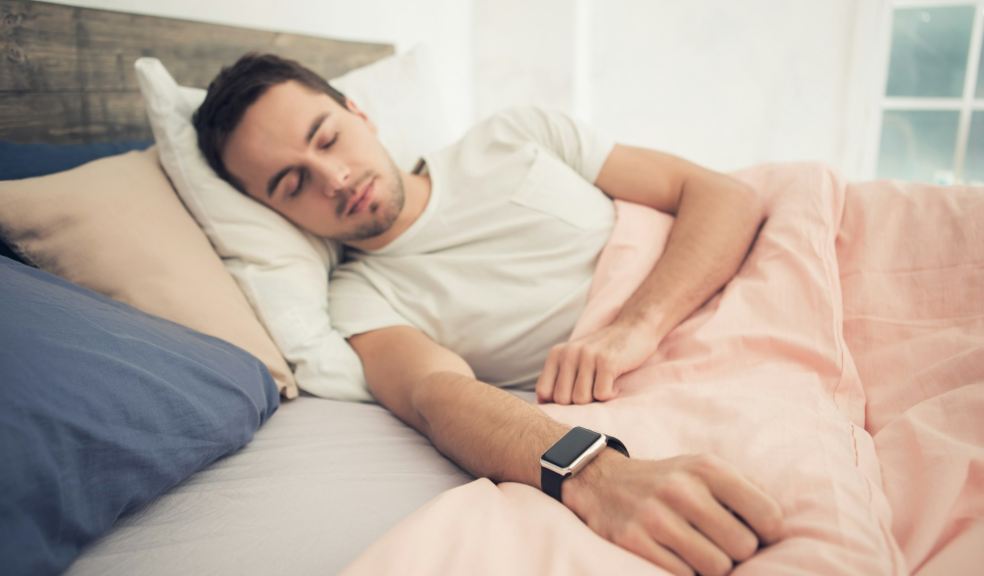
Small Changes, Better Sleep: 5 Tiny Tech Tweaks That Make a Big Difference
With buzzing notifications, late-night scrolling and always-on devices becoming more and more a part of rest time than ever before, getting a good night’s sleep has become much more difficult than ever. But the answer is not always to go fully offline. With a few mindful and easy-to-implement adjustments, the tech you use can actually become a tool for better rest, not just another distraction.
From fine-tuning your wearable tech settings to choosing more sleep-friendly accessories, here are five small yet practical tech tweaks that can have an extremely large impact when it comes to your sleep quality.
1. Set Devices to ‘Do Not Disturb’ Automatically
We all know that a single unexpected, late-night ping can interrupt your wind-down process, but it’s not just about alerts. The anticipation of notifications can be enough to keep your brain on high alert. That’s where Do Not Disturb scheduling comes in to help you relax a little quicker.
Most smartphones and smartwatches are now able to let you automate DND mode based on your own specific routine. Set it to kick in an hour before bedtime and remain on until morning. This will reduce digital stimulation and remove the temptation to look at your device, which in turn helps you to create a much cleaner mental boundary between 'daytime mode' and 'sleep mode'.
Bonus tip: Pair this up with a “Sleep Focus” profile or a bedtime reminder to reinforce the habit.
2. Dim or Disable Bright Displays Overnight
Your phone and watch may well be smart, but they can also be surprisingly bright. The blue light emitted by screens has been said to suppress melatonin levels, which is the hormone that actually helps you fall and stay asleep.
Luckily, most devices now allow you to dim the screen or disable features like “raise to wake” during specific hours of the day. On the Apple Watch, for example, Theatre Mode and Sleep Mode both help reduce light exposure while you are sleeping, while still tracking your movement or your heart rate in the background.
These subtle settings can help keep your bedroom much darker, your circadian rhythm more balanced, and your sleep less disturbed.
3. Choose the Right Watch Strap for Sleep Tracking
Many users have started to wear their smartwatches overnight to help keep tabs on sleep patterns, but few of them fully consider the role the strap plays in overall comfort.
Too many wearers experience issues such as skin irritation, pinching, or overheating around the wrist simply because their default strap was not designed for extended wear. Rigid or bulky feeling straps can dig into the skin, affect your movement during sleep, or even cause you to take your watch off mid-way through the night.
This sleep strap guide for Apple Watch users fully breaks down the most comfortable options on the market, from soft-lightweight silicone to scrunchie-style watch bands, that are gentle on the skin and ideal for overnight tracking.
It’s a small change, but one that can make overnight wear far more pleasant, especially if you're tracking your sleep patterns regularly.
4. Try Smart Alarms That Wake You Gently
Traditional alarms are designed to be loud, urgent, and difficult to ignore, but they do often jolt you awake from deep sleep, leaving you feeling groggy and disoriented. That’s where smart alarms offer a gentler alternative.
Many smartwatch sleep apps now include an intelligent alarm system that will track your sleep cycle and wake you up during a lighter phase, within a preset window (something like, 6:30–7:00 am). Instead of dragging you from deep sleep, these alarms use subtle vibrations or quiet tones to help you wake much more naturally.
It is a less abrupt way to start the day, and many users have reported feeling more alert and better rested even when getting the same total sleep duration.
5. Don’t Just Track Your Sleep — Make Good Use of the Data
Collecting sleep data is one thing. But making sense of it is where it has a real impact is the real trick. Most smartwatches on the market these days now offer in-depth stats, sleep stages, total duration, heart rate variability, and even oxygen saturation.
If you spend a few minutes each week reviewing your sleep patterns. Are you going to bed at consistent times throughout the week? Is your REM sleep unusually low? Did you get better sleep on nights that you avoided caffeine after midday or screens late in the evening?
By connecting the dots, you can make some small but effective lifestyle changes that really start to compound over time, and turn your smartwatch from a passive fitness tracker into a proactive tool for better rest.
Final Thoughts
Sleep doesn’t have to be a tech-free zone. With just a few small but smart adjustments, from tweaking your settings to choosing the best accessories, your devices can become allies in your battle for better rest.
And if you’re one of the growing number of people who wear a smartwatch to bed, never overlook the importance of overnight comfort. A simple strap swap could easily be the difference between a full night of uninterrupted data... and waking up wondering where your watch is.











